
|
|
|
|
|
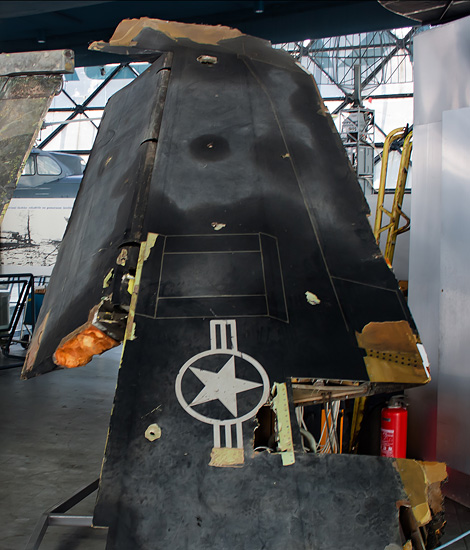
|
A Rich Past with Big Scars; Batajnica, September 1 -2, 2012
The Serbian Air Force, part 1; Text and Photograph's by Alex van Noye
This year, the Serbian Air Force was celebrating its 100th anniversary. Through the years, the Serbian Air Force was also
a part of the former Yugoslavian Air Force. To celebrate the 100th anniversary, the Air Force of Serbia organized a big
airshow. This airshow was held at Batajnica Air Base near Belgrade.
The contemporary Serbian Air Force also known as Ваздухопловство и противваз- душна одбрана (Serbian Air Force and Air
Defense), was founded in 1912. The Serbian Air Force was a part of the air force of the Yugoslav Kingdom. The Air Force
was founded in 1912 in the city of Nis in Serbia. The first Serbian Air Force pilots were trained in France. The country
was involved in the First Balkan War when the pilots just had completed their training. The first aircraft were already
deployed in the fall of 1912. The Air Force was equipped with 12 aircraft and balloons which were not common in the early
years. The planes were of type Bleriot XI and were from France. The Yugoslav Air Force was not a big air force until the
Second World War. The country was politically too divided in the period from 1929 to 1941. The Germans invaded Yugoslavia
and the country was involved in the war. After The Second World War, Josip Bros Tito took the power in Yugoslavia. Tito
was the leader which the country needed at this time and he was able to unite the people of the various states. The
Yugoslav Air Force was restored with the help of the United States until the beginning of the 50s. The Air Force flew
aircraft such as the P-47 Thunderbolt. At the beginning of the 50's, the influence of the Soviet Union was increased.
Compared with many other countries which joined the NATO or the Warsaw Pact, Yugoslavia remained a neutral country. All
the American equipment was replaced by Soviet equipment such as the MiG-21 and MiG-29 in the 70s and also there were
several aircraft developed in Yugoslavia. Some examples are the G-2 Galeb, the G-4 Super Galeb and the J-22 Orao.
From 1974 the unity of Yugoslavia began to fade. The power of the federal government was severely curtailed by the
1974 Agreement. The authority of Tito remained guaranteed until his death in 1980. After this period the ethnic hatred
between the different communities in the country began to grow. This unrest led to the Yugoslav Civil War in 1991. In a
short time, Yugoslavia would fall apart. All the states wanted
|
|
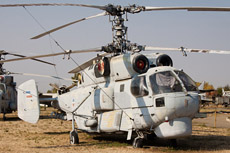
|
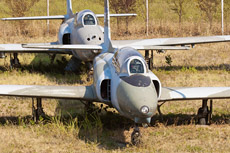
|
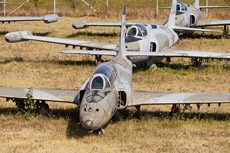
|
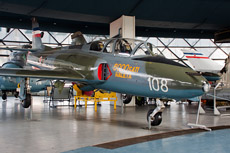
|
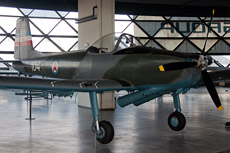
|
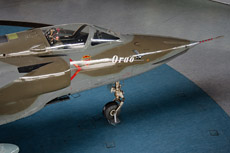
|
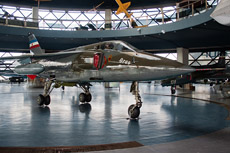
|
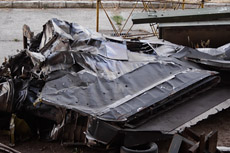
|
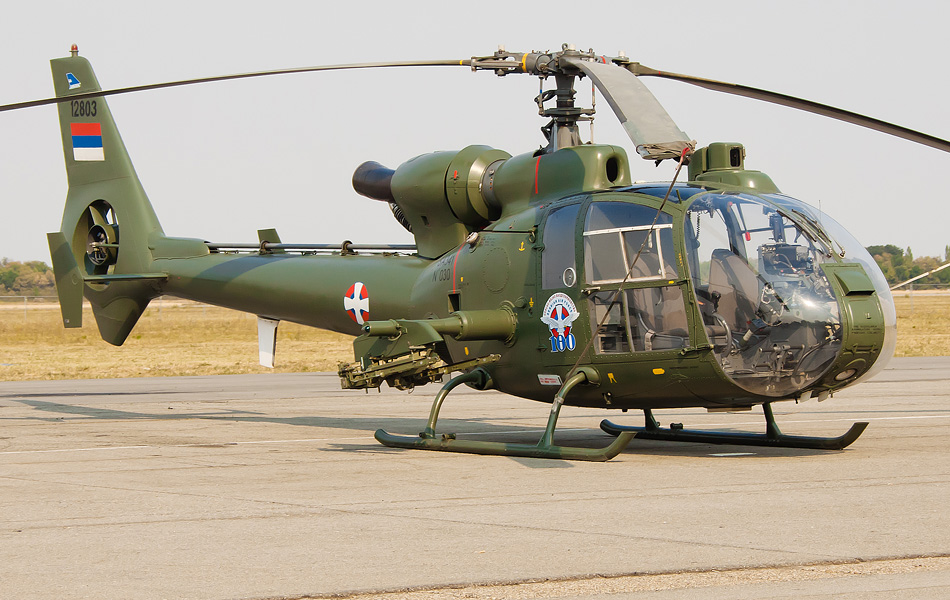
|
independency while the federal government in Belgrade wanted to avoid this at all costs. The war was seen by outsiders
as one conflict, but in reality it were four wars of independence. These 4 conflicts all took place in the period from
1991 to 1999. The first conflict of the series of wars was the Ten-Day War in 1991. During this war Slovenia was separated
from Yugoslavia. Shortly before this conflict the Croatian War of Independence was also started. This struggle lasted from
1991 to 1995. From 1992 to 1995 the Bosnian War raged. This was one of the bloodiest conflicts, because in Bosnia the most
ethnic groups lived side by side. The Muslims expelled Bosnian Serb from Sarajevo, which led to a bloody cleaning of areas
which were claimed by various parties. The fourth conflict was the Kosovo War in 1998 and 1999. This province of Serbia
wanted to be independent of the Republic of Serbia. The result was a short and bloody war; the NATO was involved to push
back the Serbs. Kosovo is not by all countries considered as a sovereign state and the conflict is still unresolved. There
are still several conflicts at the borders of this area.
After a series of wars, the aircraft which survived the war were divided between the new countries that have arisen. The
bulk of the material of the former Yugoslav Air Force went to the Serbian Air Force. This was recorded in the Sub Regional
Military Agreement in 1996. The new Serbian Air Force emblem is the white cross of Serbia which is also found in the Serbian
weapon in a red white and blue circle. The Serbian Air Force has shrunken drastically in the recent years due to lack of money
for aircraft maintenance. The type designations of the aircraft in Serbia are done according to its own designation system.
Any type of aircraft with a specific task has its own letter for the type designation. The MiG-21bis is in the Serbian system
is for example referred to as the L-17 where the letter L stands for Lovac (fighter). A few other examples are; the J-22
Orao with the letter J which represents Jurisnik (attack), the SA341H Gazelle (HN-42M) where the letter H is for Helicopter.
The headquarters of the Serbian Air Force and Air Defense is located in the city of Belgrade. The main tasks of the Serbian
Air Force are to maintain air superiority in the national airspace against unwanted intruders. The secondary functions are
the provision of assistance during natural disasters and providing transport for the members of the Serbian government.
The operational aircraft are divided over 3 airfields in Serbia. These airfields are Aerodrom Beograd-Batajnica, Aerodrom
Kraljevo-Lađevci and Aerodrom Nis-Konstantin Veliki. Beograd-Batajnica is the largest and most important basis of the Serbian
Air Force. The base is located 20km northwest of the city of Belgrade. The military designation for Beograd-Batajnica is
Aerodrom 177. Beograd-Batajnica is home to the 204 Brigada of the Serbian Air Force. This base was heavily bombed by NATO
air forces during the Kosovo War. The second airbase is Kraljevo-Lađevci; the base is also known as Aerodrom Morava. This
airbase is partly civil and partly military and is located in the center of Serbia. The military designation for this airbase
is Aerodrom 98. The 98 Brigada of the Serbian Air Force is currently based at this airbase. The civil part of this base is
in use since 2011 for scheduled flights. This airbase was heavily damaged by NATO bombing in 1999. The third airbase of the
Serbian Air Force is Aerodrom Nis - Konstantin Veliki. This airbase is located in the southeast of the center of Serbia. The
military designation for this airbase is Aerodrom 161. Also a part of the 98 Brigada is stationed at this airbase. Niš is
also next to a military airbase one of the largest civilian airport in Serbia; only the international airport of Belgrade
is bigger. With a relatively small air force Serbia tries to recover from the war that has raged in the past. The country
is still under construction and the traces of an eventful past are visible everywhere.
|
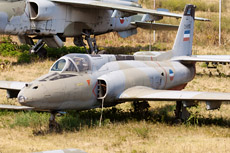
|
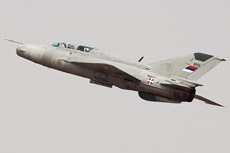
|
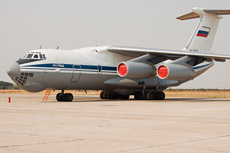
|
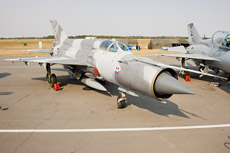
|
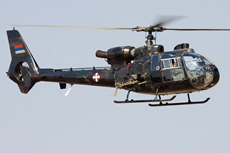
|
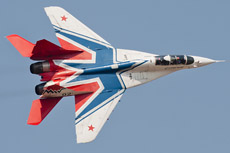
|
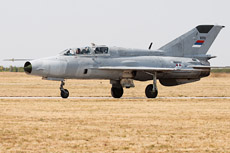
|
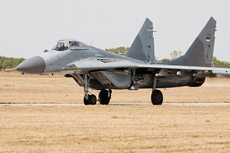
|
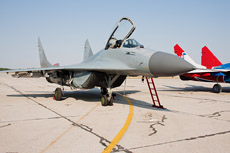
|
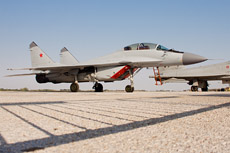
|
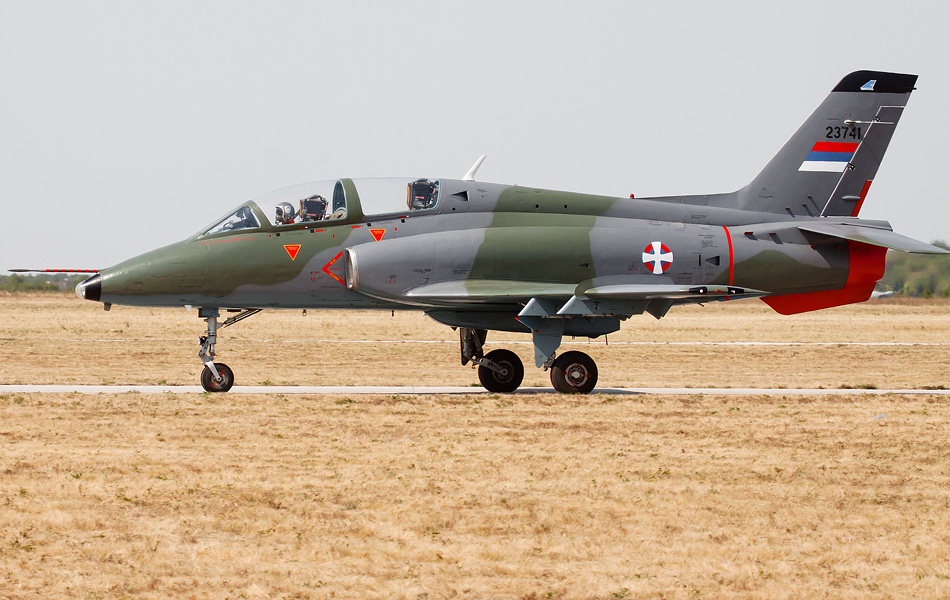
|
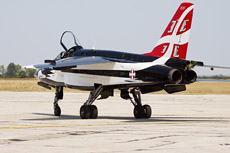
|
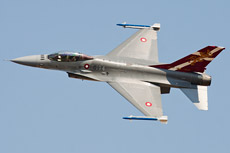
|
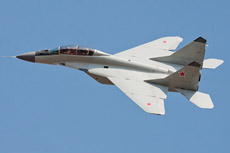
|
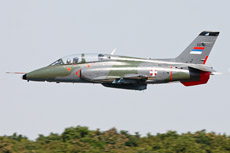
|
|
|

|







